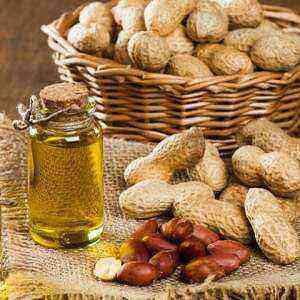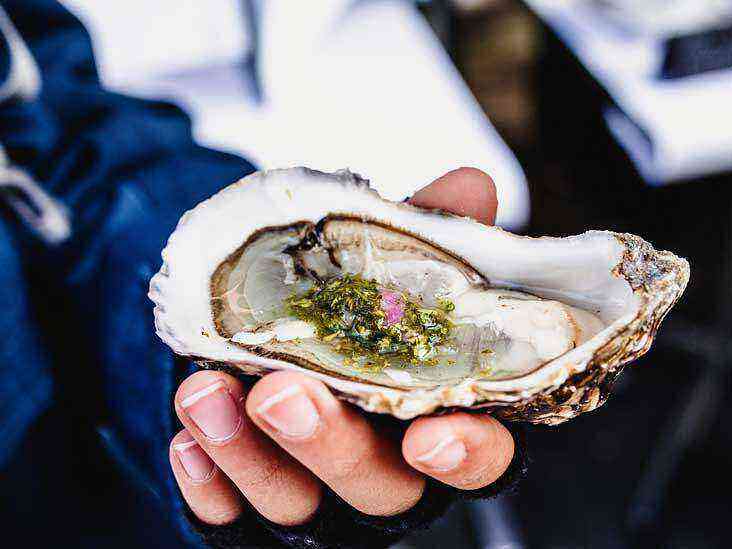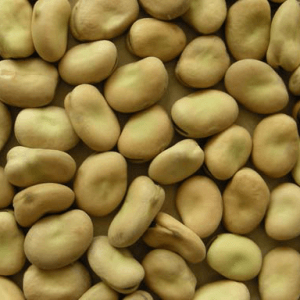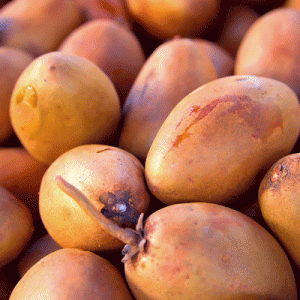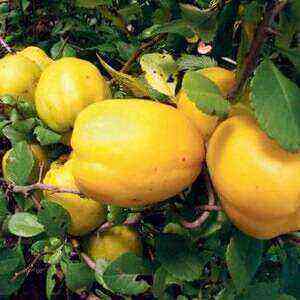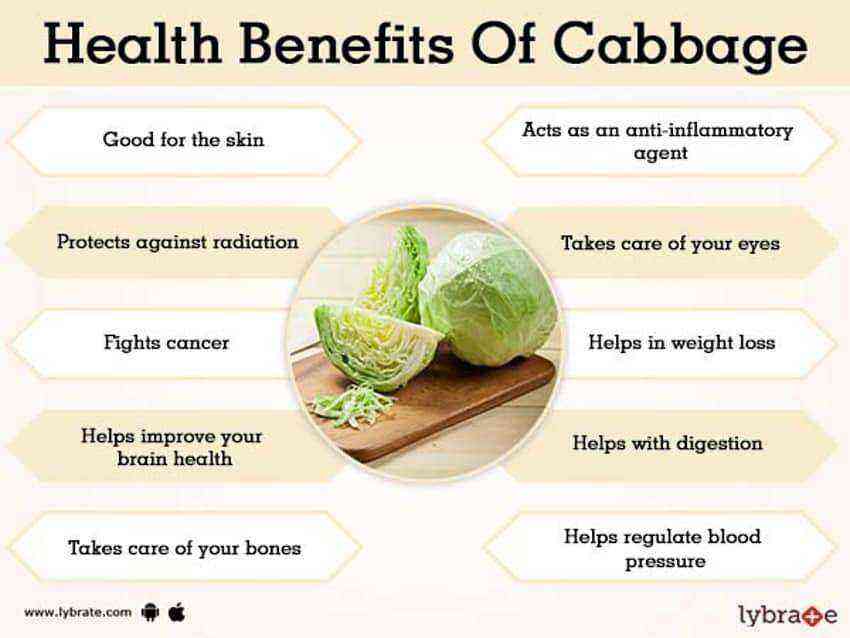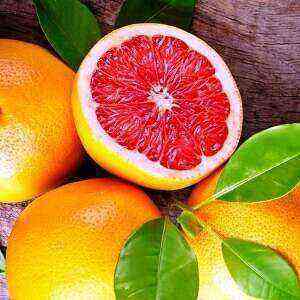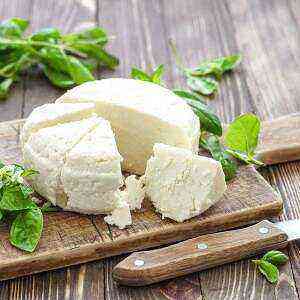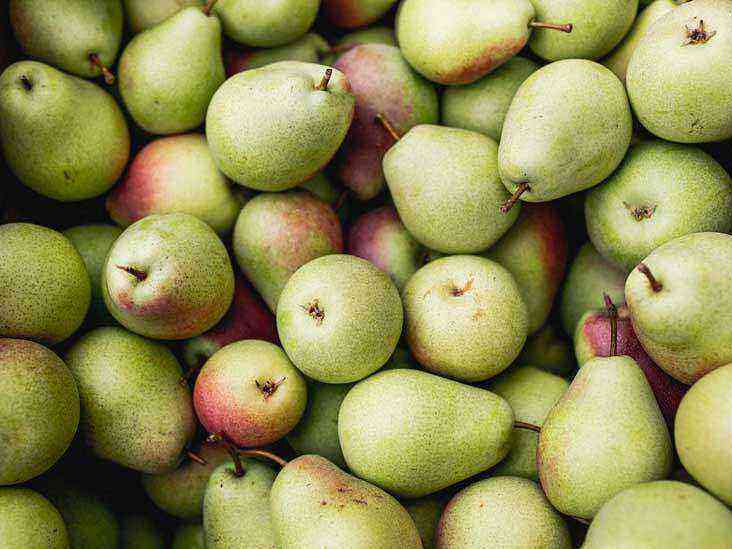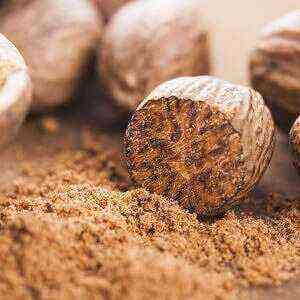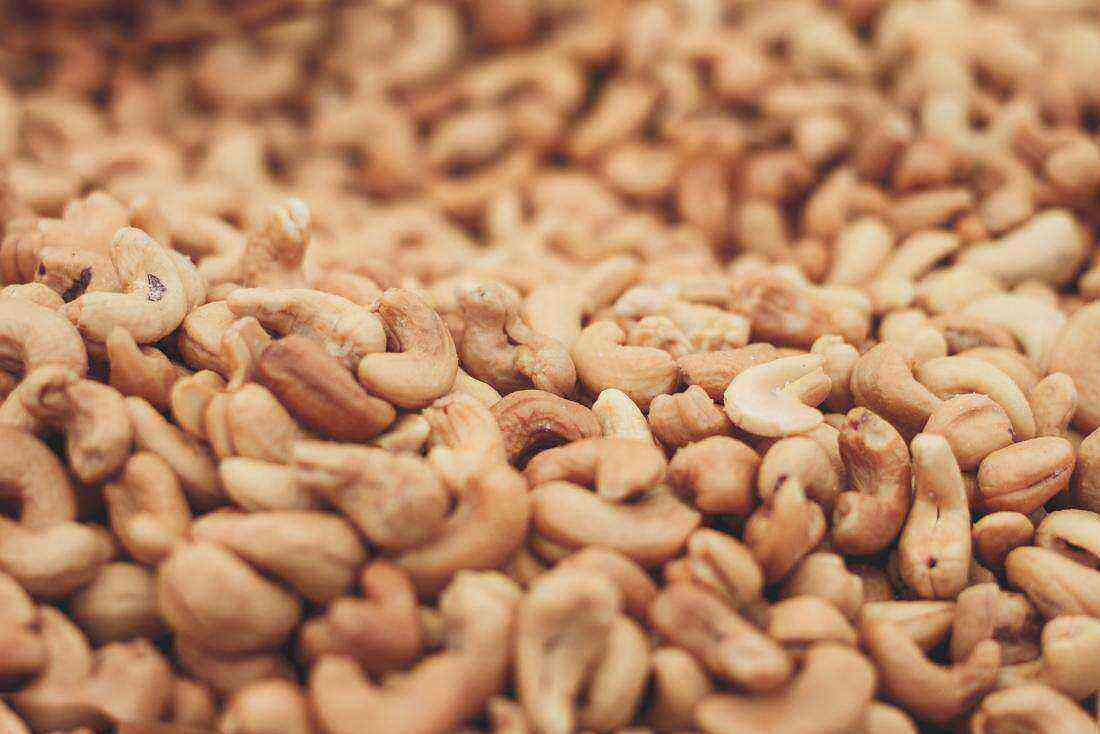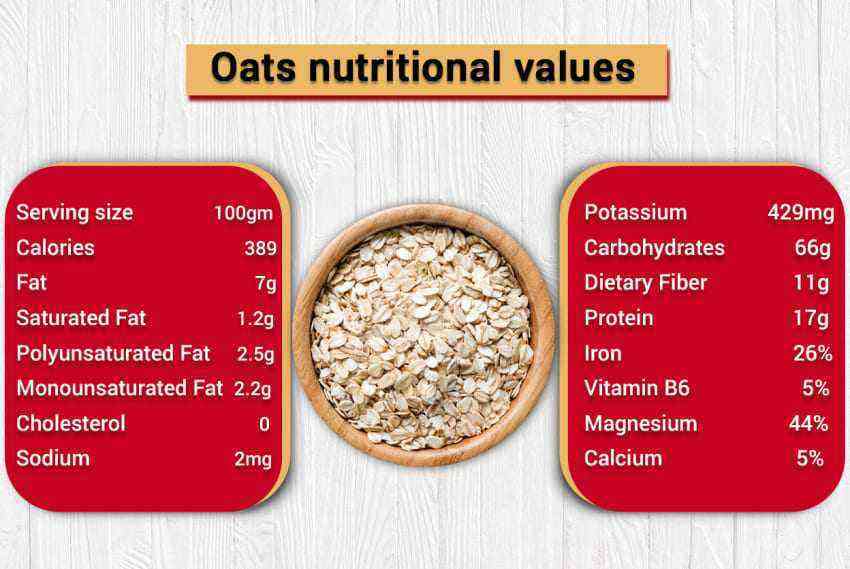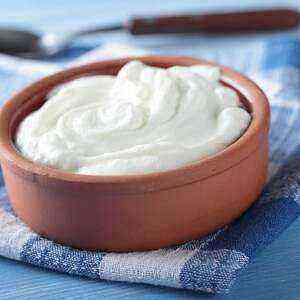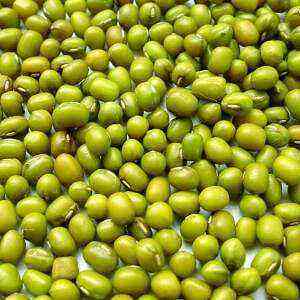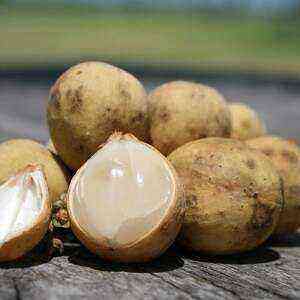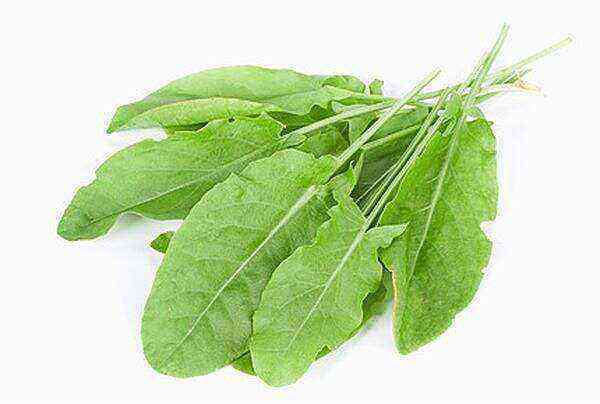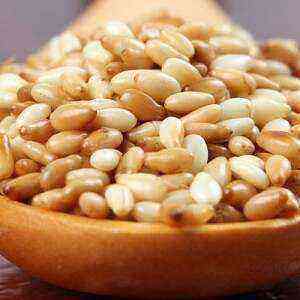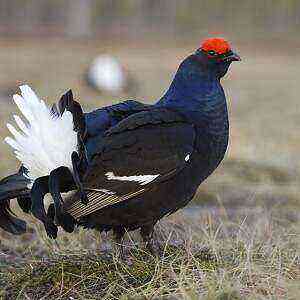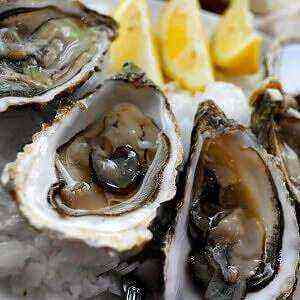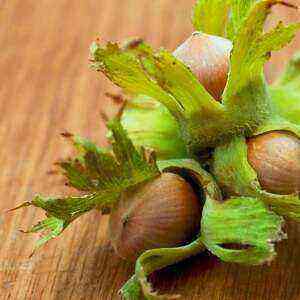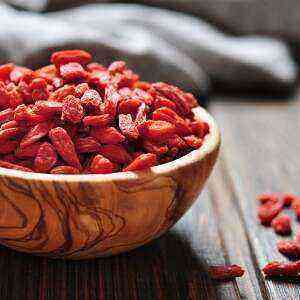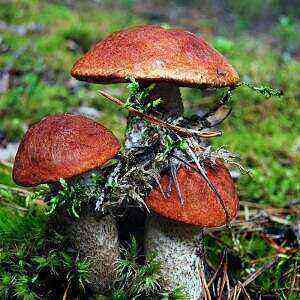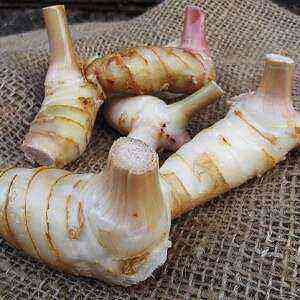
General characteristics
This herbal tuberous plant of the genus Alphina for the year can reach almost two meters in height. As a rule, a person uses nodular rhizomes of a perennial plant, the color of which varies from ivory to reddish-brown. Kalgan grows almost anywhere and on different types of soil, but best of all – in open sunny glades. A tall plant with narrow elongated leaves and white flowers with dark red veins – this is galangal. Herbalists recognize it by their pungent smell and spicy taste. Due to this characteristic, kalgan became a part of curry known all over the world.
And although this culture began its “ascent” in Asia, but in our time in Europe and other parts of the world it is no less popular. For the first time in Europe, the plant got around the XNUMXth century. Since then, tinctures have been made from it, added to food, prepared tea, used in brewing, and in India, galangal aromatic oil is used in the perfume industry.
Chemical composition and nutritional characteristics
100 grams of galangal is 70 kilocalories and 3 grams of fiber.
This plant is rich in carbohydrates and contains virtually no fat. Researchers found in its composition many important phytochemical components, including flavonoids and phenolic acids. Kalgan also contains beta-sitosterol, quercetin, galangin, emodin, sodium, iron, vitamins A and C.
Useful properties of Kalgan

Prevents inflammation and arthritis
Studies have shown that the rhizome contains the anti-inflammatory substance gingerol. Thanks to him, the plant is useful for the treatment of arthritis and rheumatoid arthritis.
Relieves digestive problems
Fiber and some phytochemical components contained in the sea otter improve the process of digesting food. The root is useful for people with stomach ulcers, as a means of reducing the secretion of saliva and digestive acid. It is useful for improving appetite and relieving abdominal pain. On the island of Java, it is customary to use a root on an empty stomach (finely rub and add a little salt).
It is believed that such a tool relieves stomach discomfort and is useful for an enlarged spleen. In addition, a few grams of root in some folk recipes are advised as a carminative agent.
Relieves nausea and vomiting
Chewing the root treats motion sickness, and also removes signs of toxicosis in the first trimester of pregnancy. Kalgan aroma oils or a decoction of several slices of root, to which some honey is added, are also suitable for these purposes. By the way, such a drink not only relieves nausea and vomiting, but also soothes the nervous system, eliminates ailments, strengthens the body.
Treats intestinal disorders
Researchers have proven the antibacterial properties of this culture. Galangal extract kills pathogenic bacteria, including E. coli, salmonella, Staphylococcus aureus and some others that cause diarrhea.
Prevents malignant tumors
This plant is the source of many antioxidant substances that help minimize DNA damage caused by free radicals and toxins that enter the body from the outside. Researchers from the UK have proven the effectiveness of galangal extract in preventing lung and breast cancer. The most powerful antioxidant contained in tubers, galangin modulates the activity of enzymes and inhibits the toxicity of many substances dangerous to humans. Thanks to galangin, galangal is one of the most famous herbs with anti-cancer properties.
But it should be said that in the plant there are other substances that prevent the growth of malignant tumors.
Reduces lipids and cholesterol in the blood
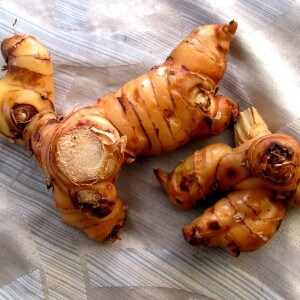
Prevention of diseases of the heart and blood vessels
In Ayurvedic and Indian medicine, kalgan is referred to as a traditional plant for the treatment of heart disease. Since ancient times, this root has been used in Germany, Austria and Switzerland for the prevention of stroke. Today, scientists say that Kalgan extract is actually able to stabilize the rhythm of heart contractions and improve blood flow to vital organs.
Useful for colds, strengthens the immune system.
The extract of this medicinal plant plays an important role in maintaining a healthy respiratory system. It has an antispasmodic effect, improves sputum excretion and alleviates the condition of patients with asthma. Do you know how to treat whooping cough and other types of cough in children in India? A drink from galangal extract and warm water or a decoction from the root. In addition, getting into the body, galangal takes care of strengthening the immune system, increases the body’s ability to withstand viruses.
Interestingly, in some countries kalgan treat a cold. There, to get rid of nasal congestion, not pharmaceutical drops are used, but Kalgan powder steamed with boiling water. This natural medicine is used on the principle of inhalation. In some cases, Kalgan can be an alternative to ear drops. For the treatment of ear pain will need a few drops of fresh juice.
Treats sexual dysfunction
In Arab countries and among the inhabitants of Southeast Asia, galangal is known as an aphrodisiac plant. To increase sexual desire and improve erection, it is enough to chew Kalgan root. For women, the plant is useful as a treatment for menstrual disorders.
Warming agent

Cleans the liver from toxins
In addition to the already mentioned properties, the root of Kalgan has one more, no less exciting. The plant contains substances that are beneficial for the liver. In particular, they remove toxins from the organ that have accumulated as a result of medication or malnutrition.
Improves brain function
Alzheimer’s disease is a consequence of the destructive processes in brain cells. Some studies have shown that galangal can prevent and slow down these processes. In addition, it significantly strengthens the memory and improves the cognitive functions of the brain.
Useful for treating fungi and skin rashes.
Galangal juice is rubbed into the skin to treat fungal diseases. In Indonesia, for example, slices of Kalgan tubers are a notable medicine against eczema, rashes, itching and other skin problems, it is used to heal burn wounds.
Increases body endurance
In Indonesia, galanga, garlic, pepper and tamarind are used to make a jamu drink, which is believed to increase the body’s stamina and relieve muscle fatigue.
Galangal oil: the benefits and harm
By distillation, the oil is extracted from the rhizomes of galangal, which is called “false ginger oil” because of the ginger smell and bitter taste. This sunny yellow liquid has many beneficial properties.
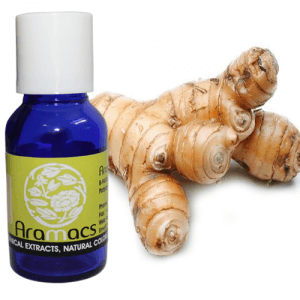
Dosage for treatment
For therapeutic purposes, it is recommended to use about 6 g of kalgan per day. It does not matter in what form to use the plant: in the form of infusion, decoction or powder.
To make medicinal tea, you will need half or a whole teaspoon of crushed roots per cup of boiling water (leave for 5-10 minutes). Drink a glass three times a day, half an hour before meals.
For problems with digestion, they use Kalgan tincture. But no more than 3 once a day and no more 20 drops diluted in warm water.
To eliminate nausea, a glass of tea or 250 mg of crushed root extract in capsules is suitable.
Use in cosmetology
You may have heard that some manufacturers of cosmetics using Kalgan extract are trying to create anti-aging products. But even an extremely useful kalgan cannot fully stop the wilting process.
Being a source of almost 40 antioxidants that slow down age-related changes, a plant extract can indeed be effective against wrinkles. Vitamin C also makes Kalgan useful for skin rejuvenation. Kalgan juice will help get rid of acne, acne and dark spots on the skin. It makes it smooth, supple and velvety.
This herb is also useful for hair. As already mentioned, galangal improves blood circulation in the body. And this is exactly what is needed for the active growth of healthy hair. Zinc, phosphorus and vitamins will make curls shiny, strong. Now let’s recall two more facts: dandruff is a fungus, and galangal is an effective natural antifungal agent. Masks made from juice or ground root (can be combined with olive oil) in a few procedures will relieve dandruff.
Use in cooking
In many cultures, galangal root is used in the same way as ginger. It is added to different dishes in fresh or dried form. These can be slices, powder or finely grated root, as well as dried leaves or stems.
In Indonesian and Thai cuisine, this seasoning with a piquant aroma reminiscent of a mix of ginger, pepper, saffron, pine needles and citruses is added to meat, fish, seafood, mushrooms, rice. Used in European cuisine since medieval times. Galangal goes well with garlic, lemon, pepper, shallot. And sweet tooth can mix grated root with a small amount of honey and add it to baking.
Before use, fresh roots must be cleaned of inedible peels. Dried before use will have to soak for some time in warm water. Fresh galangal stored in the refrigerator for about two weeks (in order to prevent drying, wrap the root cling film or put in a jar of water). The spice powder has a longer shelf life, but it is noticeably different in taste from fresh roots.
In ancient times in Russia, the root of the Galangal was called the moguchnik and believed in its amazing healing power. Believe in the healing properties of this plant today. All over the world it enjoys the glory of one of the most useful.
